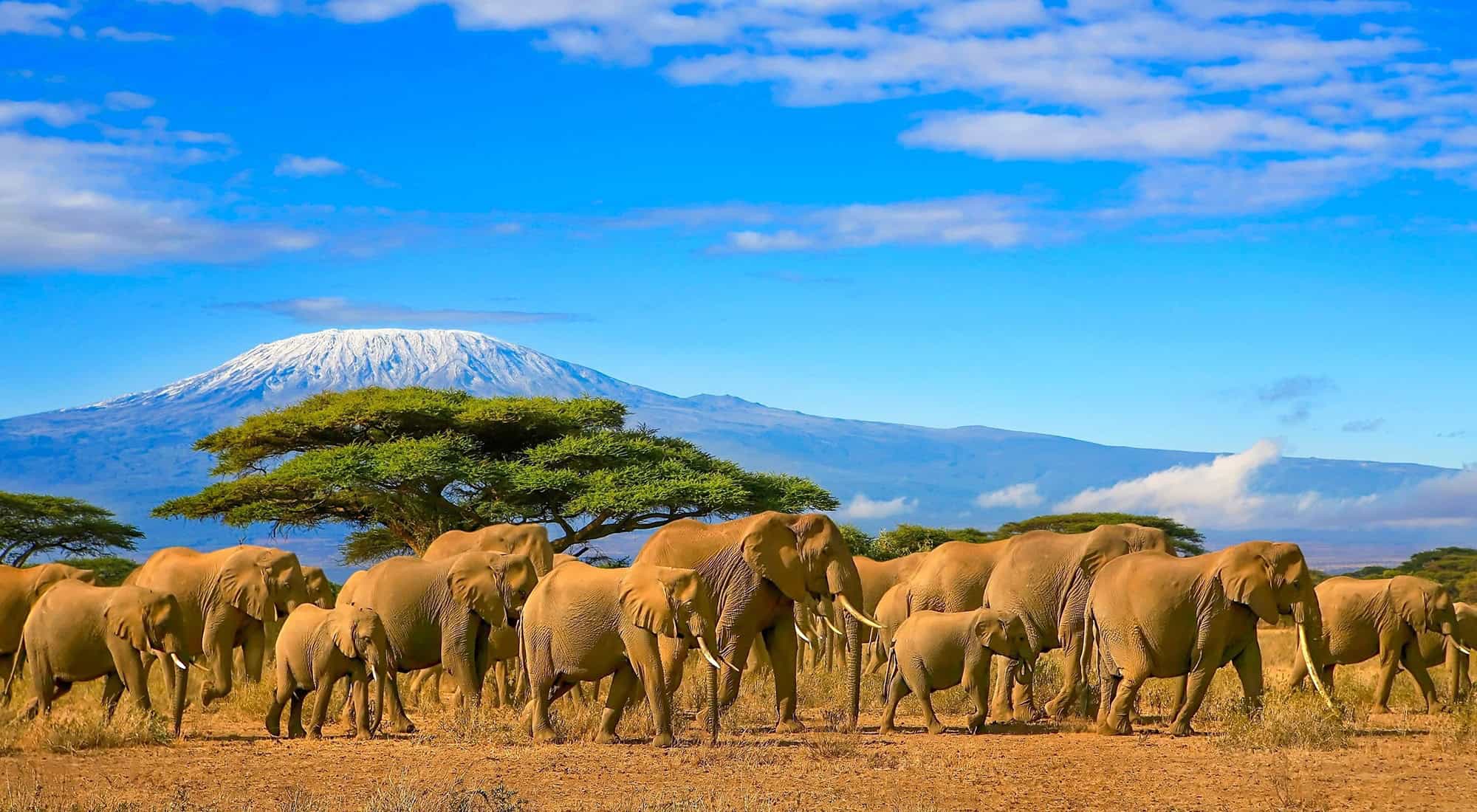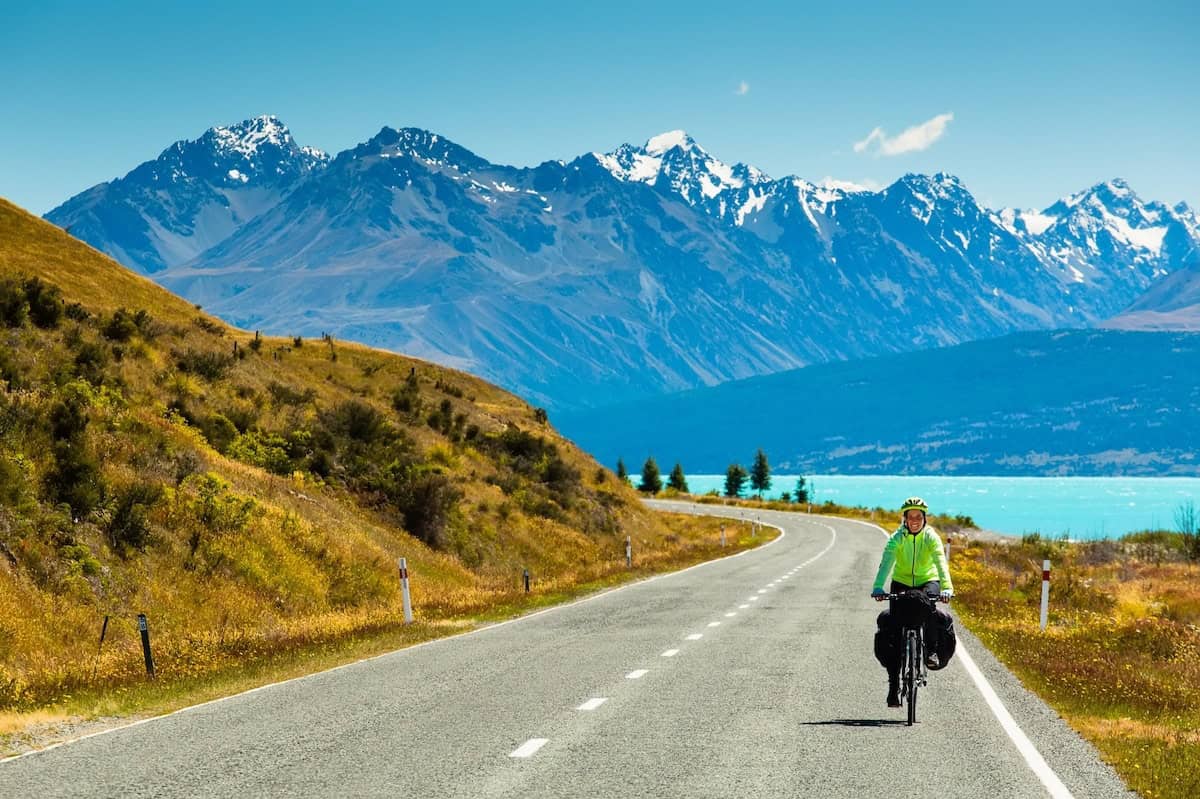Each year around millions of wildebeest make the perilous journey between the Serengeti plains in north Tanzania and Maasai Mara National Reserve in Kenya.
Known as the Great Wildebeest Migration, this phenomenal event was named one of the seven wonders of Africa and has a place on the bucket list of many travelers.
Timing is crucial for those who wish to see the great migration first hand and, for this reason, it’s important to plan the trip carefully. Visitors should decide at which point during the migration they would like to see the animals, submitting a Kenya eVisa application in advance to avoid any delays to their travel plans. Although the exact timing and route can vary according to the climatic conditions, the general guideline below will help visitors organize their stay in Kenya to coincide with the migration.
What is the Great Wildebeest Migration?
As the dry season commences, the wildebeests’ habitat in the Serengeti dries up, making it necessary for the animals to head towards a more dependable water and food supply. The route is a circuit, as the creatures return to their starting point as the seasons change.
The path that the wildebeest take follows the rains north, leading them from the Serengeti National Park in Tanzania to the Masai Mara National Reserve in Kenya, covering some 1,000 miles.
How many wildebeest in the great migration?
Each year around 1.5 million wildebeest begin the journey from Tanzania to Kenya, although not all make it. It is estimated that some 250,000 wildebeest die en route, affected by hunger, thirst, predation, or exhaustion.
Although the great migration is associated with wildebeest, thousands of zebras and gazelles are also involved with predators such as lions, cheetahs, and hyenas never far away.
When is the Great Wildebeest Migration?
As mentioned previously, the exact timing of the route from the Serengeti to Kenya is dependent on factors such as the climate and the animals themselves.
The good news for travelers is that, as the herds are always on the move, they can be seen throughout the year provided the correct location is selected.
December to April: wildebeest in the Serengeti
From December through to May the wildebeest mostly remain in the Serengeti. It is during this time that they give birth to their young, around 500,000 calves are born in a 2-3 week window around February.
Few wildebeest calves are born outside of this timeframe when they are more noticeable to predators. For tourists who would like to see the young wildebeest, this is a great time to visit the Serengeti.
May to June: the beginning of the migration
As May comes to an end, so too does the rainy season. When water and food become scarce the wildebeest are prompted to start their migration north and west.
The animals first head towards the Grumeti River which works its way across the park, where they will remain till late June.
July to August: the Mara river crossing
The most emblematic moment of the migration occurs in July or August when the wildebeest trek across the Mara river in order to arrive at their destination. The opportunity to see this remarkable spectacle makes July and August one of the best times of year to visit Kenya.
Given the number of crocodiles that inhabit the waters, the river crossing is dangerous for the wildebeest. Those that do survive the crossing are rewarded on the other side of the river by ample water and food supplies in the Maasai Mara National Reserve.
Many tourists opt to visit Kenya at this time of year to witness this impactful part of the journey.
September to October: the wildebeest in Masai Mara National Park
Wildebeest remain in Maasai Mara National park until around October, taking advantage of the grass and water absent further south. Travelers in Kenya at this time of year should not miss the opportunity to see the wildebeest grazing in Maasai Mara.
In early November, as the dry season ends, the herds begin their return journey, heading southeast towards the Serengeti. They arrive in time to give birth to their young in February.
Great Wildebeest Migration Safaris
The best way to see the Great Migration is by going on safari in Kenya. Expert local guides ensure travelers see the wildebeest from the best possible vantage point.
Different kinds of safari are available covering all interests and budgets. From one-day experiences to trips lasting over a week, everyone can find a safari package to suit them.
Sightseers can also select between private and group tours, private guides offer more flexibility and are more exclusive, but are also more costly.
Due to the popularity of great wildebeest safaris, it is recommendable to book 8 to 12 months in advance. If not included with the package, accommodation in Kenya should also be reserved early.










